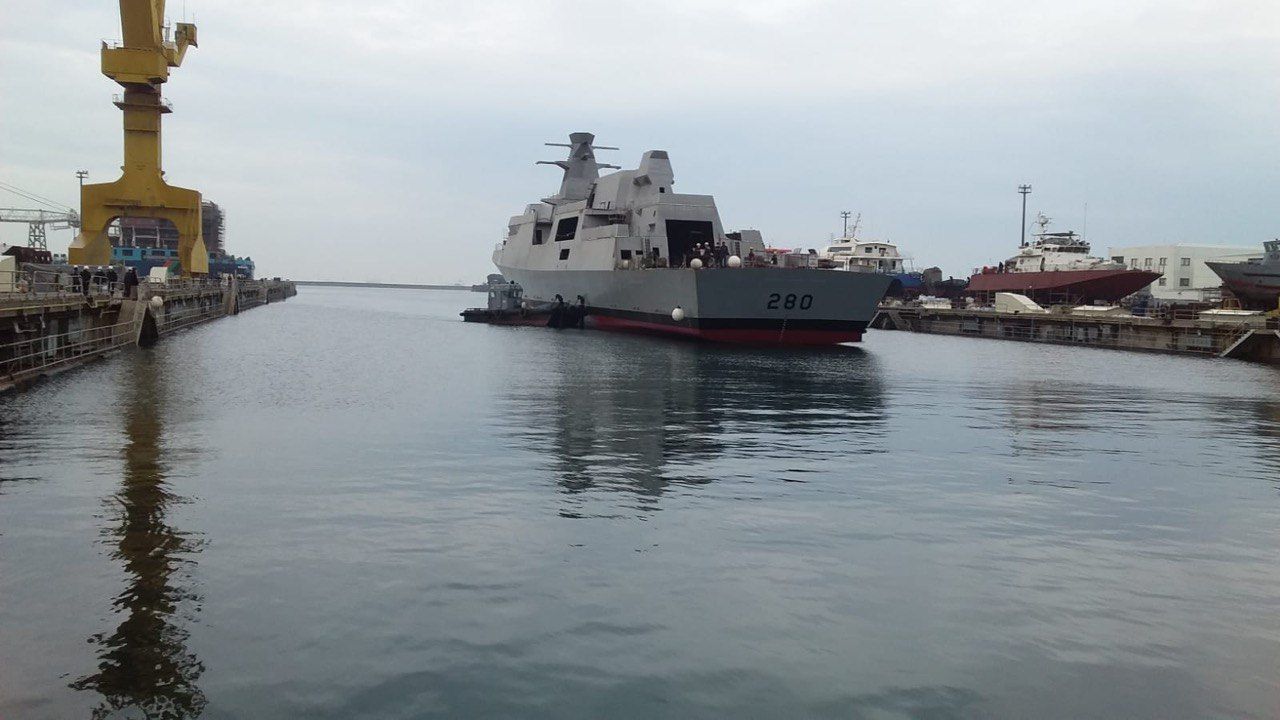With our level of industrialization, the most we'll be able to do is original ship design and manufacturing via imported inputs (such as steel, engines, etc). The reason why the Agosta 90B ToT didn't take off was because we needed to buy the steel, engines, etc from the OEM, i.e. DCNS. That's the cost of not growing our own indigenous industrial base.
The ToT from the MILGEM/J-Class was entirely about learning design. Instead of strictly relying on the OEM for inputs, we can choose our own (e.g., from South Korea, Japan, Poland, UK, etc) and therefore have more control over the cost. However, we're still relying on foreign suppliers, just with a little more flexibility.
It's not ideal, but the hope is that if we design more original ships and build them locally, that can spur the private sector to invest in developing some of those inputs. After all, the private sector could profit more by producing locally in some cases than importing.
It's how the likes of Japan, China and South Korea advanced their industries. If the private sector grows, so does our employment, the value of our exports, and our tax revenue base -- all of which can combine to a bigger defence budget to finance new programs (both local and imported).
This is why we need to think the long game instead of constantly throwing the baby out with the bathwater. I get the appeal of more Type 054As (or even Type 054Bs), but that's not going to advance our industry or our economy.
If you don't grow the industry, then our ability to finance next-generation arms shrinks even further. Don't assume we're stacking all these weapon orders for free, these programs are all coming at a high cost, e.g., foreign currency expenditure, debt, opportunity cost from other programs, etc.
It's very sad to see us Pakistanis clamor for imports when the domestic program isn't to their personal liking. Guys, if we don't take this step today, then we'll go from the fiscal ability to import 4 frigates to 1 frigate. Why? Because we didn't invest in the areas that drive more valuable exports, expand our tax revenue base, help us eliminate debt, etc.
We are not an oil or gas-producing nation where we can easily replenish our hard currency stocks from the earth. We fund programs either through debt or through production. If we keep ignoring production, we're going to fall into more debt, and that will cripple our long-term defence capabilities.















